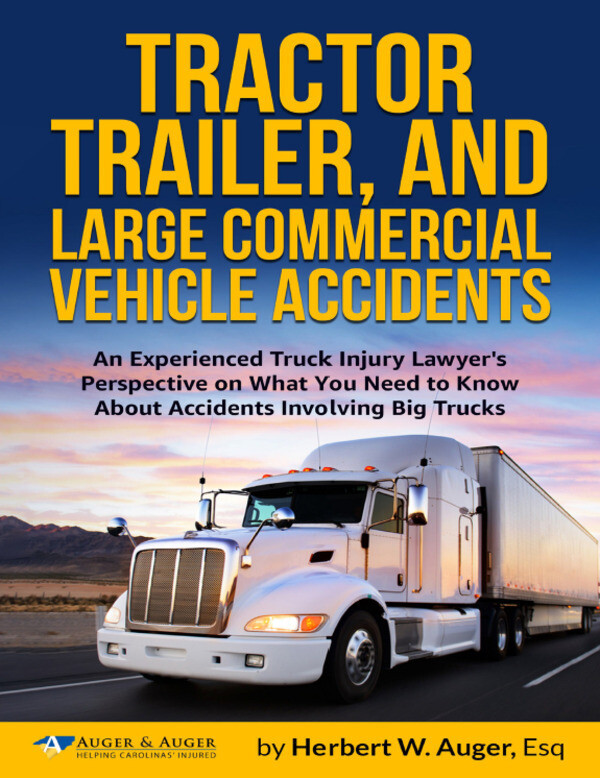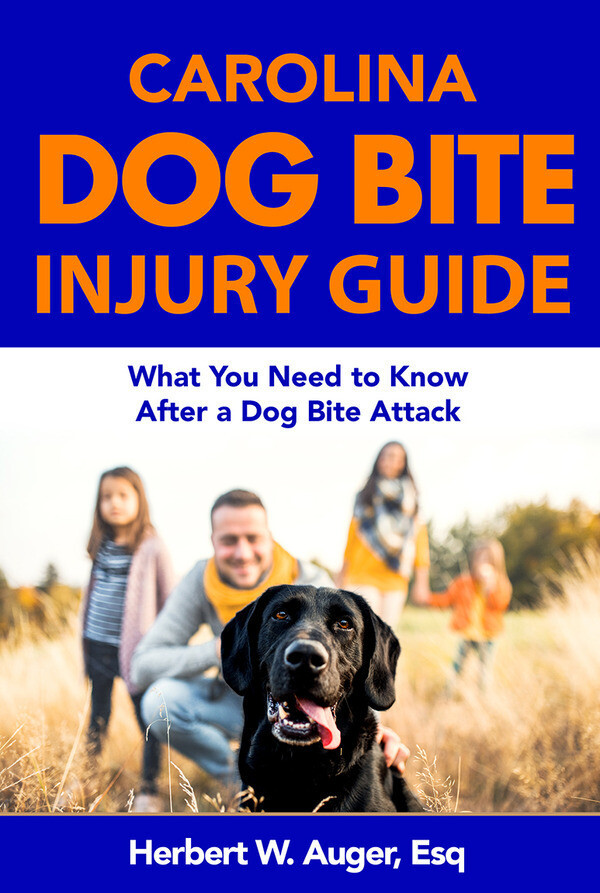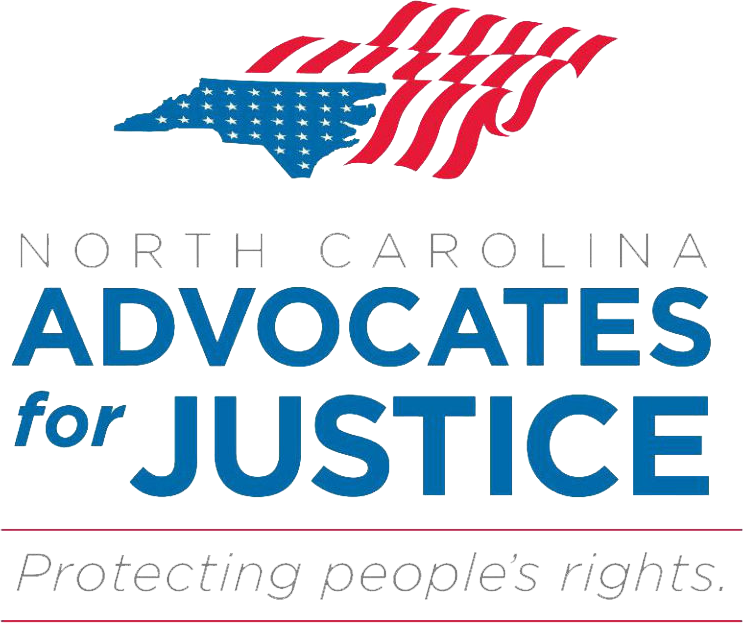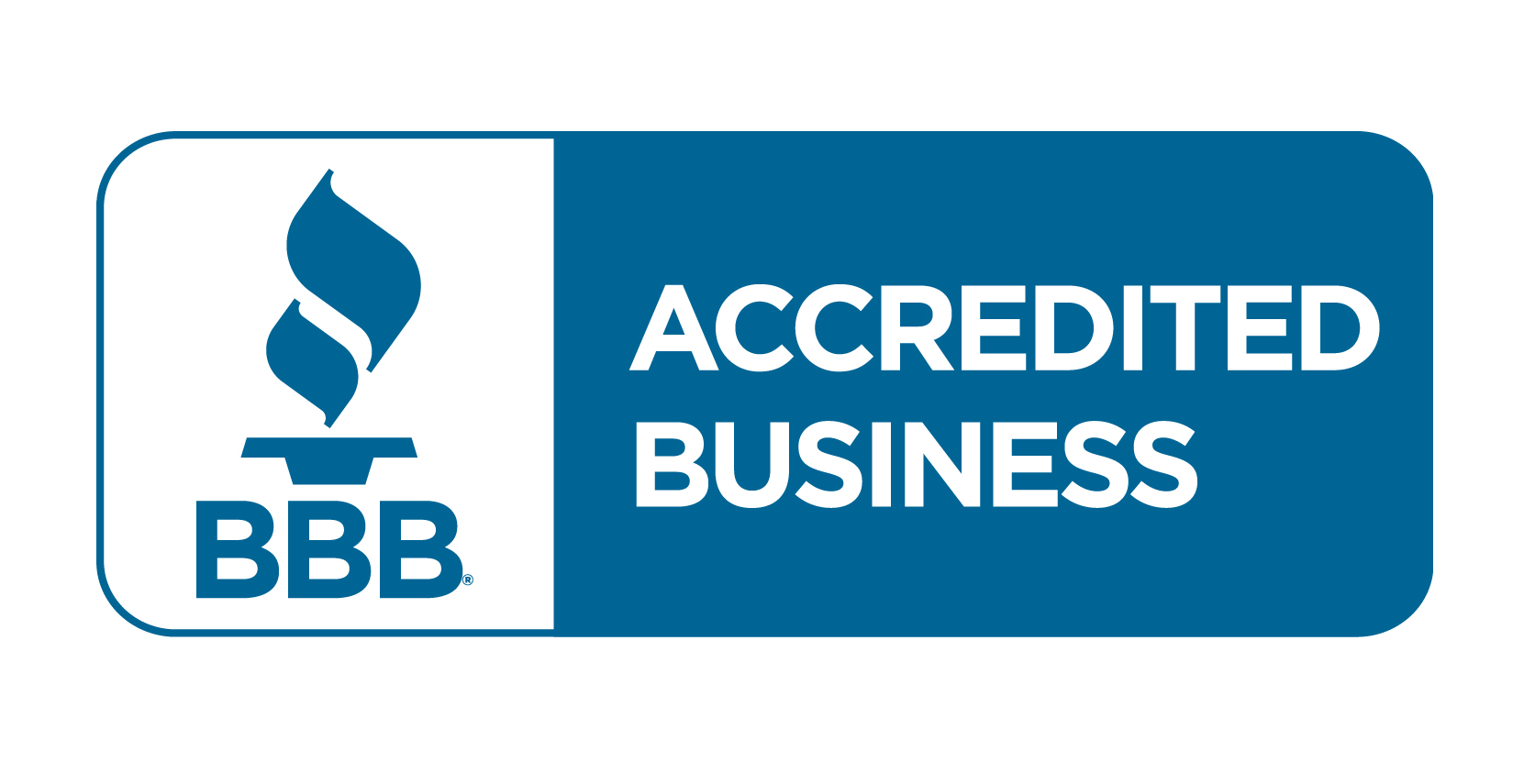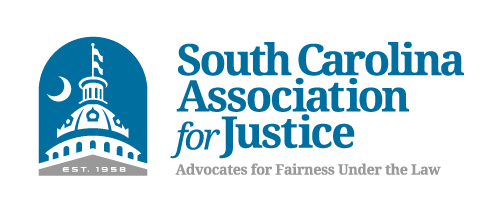Columbia Aviation Accident Lawyer
Though many people board planes with butterflies in their stomachs, most flights do, of course, begin and end without issue. Human error, lack of maintenance, and equipment malfunction all occur in the air, but they aren’t your only risk. Runway incursions lead to accidents on the ground as well. When negligence leads to injury, Auger & Auger’s Columbia aviation accident attorney is ready to fight on your behalf.
Thanks to news reports and even dramatic films, when most people hear of an airplane accident, they are quick to picture a plane falling from the sky. The reality is that most aviation accidents happen before takeoff or during a landing. These occurrences are called runway incursions, and according to the FAA, they are a problem that can and should be addressed immediately.
The ABCs of Runway Incursions
The FAA’s statistics show that eight Category A/B runway incursions were recorded in 2017, 19 in 2016, and 15 in 2015. Of those 42 incursions, 18 involved commercial aircraft. The FAA divides runway incursions into four categories:
Category A – collisions were only narrowly avoided;
Category B – there would have been a collision if there had not been time-sensitive evasive or corrective action taken;
Category C – the pilot had what is considered ample time to avoid a collision;
Category D – there were no immediate risks to safety.
The agency states that any incorrect presence at an airport is a runway incursion. For example, there may be a person on a protected surface. In other instances, the ‘incorrect presence’ may be a vehicle or another aircraft. In serious incidents, a pilot cannot avoid colliding with the object, and injuries result. Our Columbia aviation accident attorney knows that the most dangerous incursions happen when either two aircraft are on the same runway at the same time or on separate runways that end up coming together.
Airport Hazards — Costly But Preventable
The South Carolina Code of Law defines an airport hazard, in part, as a “condition, occurrence or activity that endangers the lives and property of users of an airport.” SECTION 55-9-250 also says that hazards are a public nuisance that should be prevented by police power and the expenditure of public funds.
The law advises that the person who created the hazard on private property is responsible for the costs of its removal. In other words, if a person is found guilty of causing the dangerous situation on the runway, they are not only responsible for injuries that were caused, but also for the costs associated with making the runway safe.
In-Flight Injuries
Not all aviation accidents are plane crashes, either. In fact, turbulence (unexpected air movement that may create a bumpy ride for airplane passengers) is the leading cause of non-fatal in-flight injuries for passengers and flight attendants. Turbulence has many possible causes, including jet streams, pressure in the atmosphere, certain conditions around mountains, cold or warm air fronts, thunderstorms, and other weather situations. Only sometimes are these circumstances predictable, which means that turbulence can happen very suddenly and unexpectedly.
Seatbelt usage decreases the risk of injury from turbulence, which is why passengers are advised to buckle up during takeoff, landing, and whenever the pilot turns on the seatbelt light. In the US, about 58 people a year suffer turbulence injuries while not wearing a seatbelt.
Aside from turbulence, In-flight injuries can happen in many ways that might not occur to you if you’re primarily worried about plane crashes. Here are some common situations that may cause a passenger to receive an injury on a flight:
- Drink carts that aren’t properly secured can become dangerous in a hurry if the plane hits an unexpected bout of turbulence. The cart may roll away down the aisle and crash into an unsuspecting passenger. Arm and shoulder injuries are common in this scenario. Flight staff is trained to lock down the wheels when they stop the cart, but sometimes this doesn’t happen, and a passenger suffers an injury.
- Poorly secured luggage. If the luggage compartment isn’t correctly closed, sometimes it may pop open and spill bags onto the plane floor. Combine this with turbulence, and someone’s duffel bag might hit you in the face. Some unlucky passengers have suffered broken noses, facial fractures, deep lacerations, head injuries (including concussion and traumatic brain injury or TBI), and other severe injuries from these situations. This is why you often see flight attendants checking the overhead compartments – a passenger may have accidentally closed it wrong, or it simply didn’t close all the way. But if no one checks on the compartments, the risk of injury may be higher.
- Poor handling of medical issues. It may not be an airline’s fault if a passenger has a heart attack or other medical emergency, but the airline does have a duty to respond appropriately. Staff should assist as needed, and let the flight crew know if they can’t treat the issue so that the plane can be diverted. Airlines are required to carry certain equipment in their first aid kits, and to train flight attendants in first aid. If necessary equipment isn’t available or a medical emergency isn’t handled according to protocol, and the passenger is injured as a result, the airline may have been negligent.
- Aggressive passengers. In some cases, another passenger may become belligerent and make up their mind to start a fight, which could turn physical. Most airlines put an effort into reducing this behavior by preventing clearly intoxicated people from boarding, and only serving each passenger a certain number of drinks. However, this won’t prevent every altercation. If a passenger becomes agitated, flight attendants should make an effort to de-escalate the situation and summon other attendants for backup, in case the passenger needs to be physically subdued. In a few situations where things get very out of hand, diverting the plane may also be necessary. However, if the plane’s staff members didn’t take steps to deal with an aggressive passenger and someone is hurt, the airline might have been negligent.
- Lack of security or passenger screening. Aggressive or intoxicated passengers aren’t the only potential problem. Airlines have a duty to screen passengers for criminal backgrounds or any red flags that may suggest they might want to sabotage a flight or pose a danger to other passengers. If this isn’t done correctly and people are harmed, the airline may be negligent.
Who Is Responsible for Aviation Injuries?
Whether you were hurt by a runaway drink cart or a plane crash, sorting out who was responsible may be challenging. The best way to get started is to seek the assistance of a Columbia aviation accident attorney who can help you get to the bottom of your accident and how it happened. Our investigators will discover every piece of evidence to find and determine if you have a strong case.
In general, it’s helpful to remember that airlines are considered “common carriers” and are held to high standards for providing a safe environment for each flight. The pilot is responsible for ensuring the safe operation of the plane but may not always be responsible if a person is injured. Sometimes the ground crew may also have been negligent – for example, by failing to perform routine inspections and maintenance to keep the plane in good working order. However, there are also situations that no one can predict or prevent, such as unexpected turbulence, lightning striking a plane, an engine failure despite regular maintenance, or even a flock of birds bringing down a plane.
If your injuries truly could not have been prevented, it’s unlikely that you will be able to recover compensation from the airline – but don’t decide this on your own. Many situations that seem like simple accidents are, in fact, the result of someone’s negligence. Before you write your injuries off as bad luck and absorb the costs yourself, please speak with a Columbia aviation accident attorney who can thoroughly investigate your accident.
One important factor in determining if the airline was responsible for your injury or if it was actually just an unpredictable accident (sometimes called an “act of God”) is whether or not the incident was foreseeable or unforeseeable. For example, if the flight staff fails to check the baggage compartment doors, it’s foreseeable that one might pop open and injure a passenger. If workers fail to restock a first aid kit, it’s foreseeable that someone might have a medical emergency that can’t be adequately treated. If the gate crew fails to stop an intoxicated passenger from boarding, it’s foreseeable that they might become agitated and possibly injure someone else on the flight.
Turbulence isn’t always predictable, but if bad weather is expected, injuries to unrestrained passengers are foreseeable, so the pilot should prepare by keeping the seatbelt light on to reduce the risk of injuries. In some situations, delaying or canceling the flight may also be necessary to prevent injuries from poor weather conditions.
It’s also possible that a third party may be responsible for injuries sustained on a plane. For example, if a faulty component in the engine causes the plane to crash despite the airline and pilot following all safety protocols, the component manufacturer may have been responsible. If an air traffic controller’s mistake led to a collision in mid-air, they might also have been negligent.
Potential Damages in an Aviation Accident Case
If your injuries were caused by the negligence of the airline or another party, and your lawyer is able to locate some evidence to support this claim, you may be able to seek some or all of the following damages:
- Medical costs. You should be reimbursed for any medical expenses related to your injuries, from hospital bills to physical therapy to mobility aids. Don’t forget about future healthcare costs if you’re still in treatment or expect to need long-term care. Even some travel expenses related to medical care may be included.
- Missed time at work. If you lost days at your job due to your injuries, you’re entitled to compensation – even if you were able to use paid time off or sick days. After all, you would have been able to use those days at other times if not for your injuries, so you still suffered a loss. If your injuries caused a permanent disability and you can’t resume work at all, or can only return in a diminished capacity (such as working part-time), you should also be compensated for this loss of earning potential.
- Pain and suffering. This encompasses both physical pain from injuries and emotional suffering from the trauma of your injuries. Many people suffer stress, anxiety, depression, or trouble sleeping after an aviation injury. Please don’t hesitate to see a mental health specialist if these symptoms sound familiar to you.
- Loss of consortium, companionship, and other benefits of a relationship if a loved one died in an aviation accident.
- Punitive damages are occasionally awarded if the negligence involved extreme reckless or willful behavior of some sort.
Auger & Auger Has You Covered
Whether your injuries were sustained in an airborne incident or on the ground, you have important legal rights to be protected. Having our Columbia aviation accident attorney on your side — and dedicated to seeking justice — makes a big difference when you’re taking on large corporations with unlimited bank accounts.
We are a family business and have been representing aviation accident victims for decades. At Auger & Auger Accident and Injury Lawyers, we have worked to build a client-based business to be proud of. No one should have their physical and financial health destroyed by medical bills and lost wages that were the result of a preventable action. We promise to take every step necessary to put our best case forward, ensuring you receive the compensation to which you are entitled. We work on a contingency basis and offer a zero-free guarantee so that cost doesn’t get in the way of your having the best legal representation possible.
Call (803) 470-5298 today for your free consultation, with no fees due until recovery!

